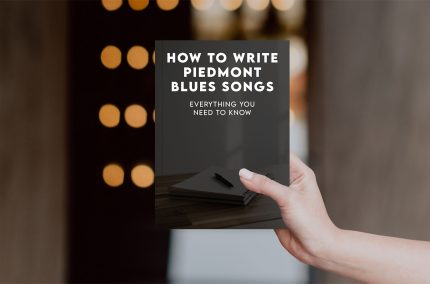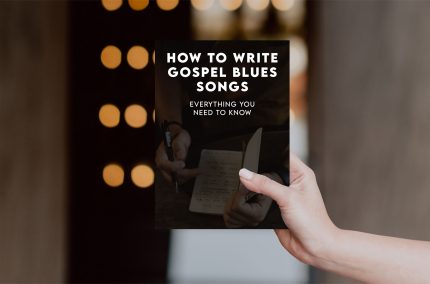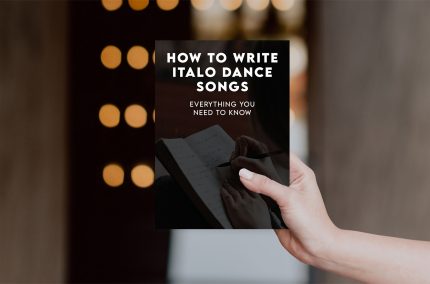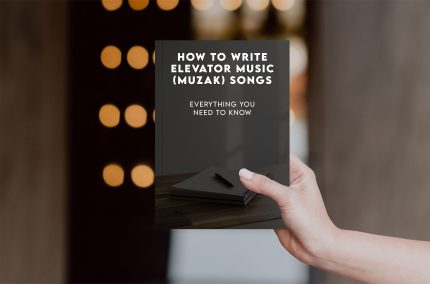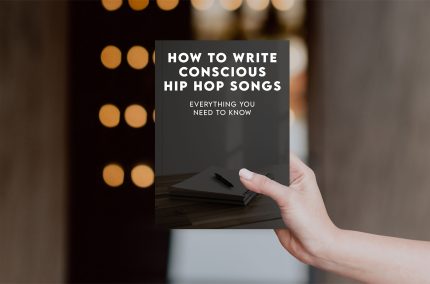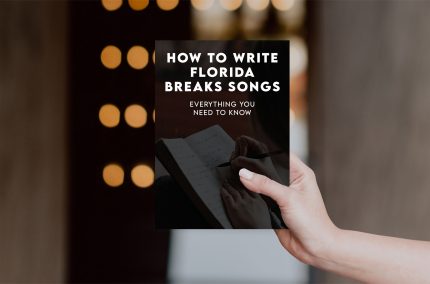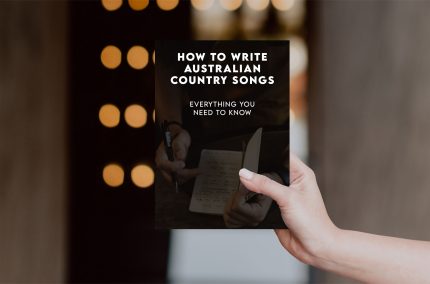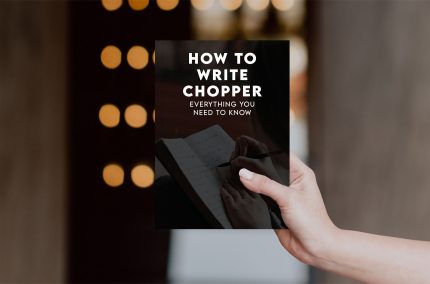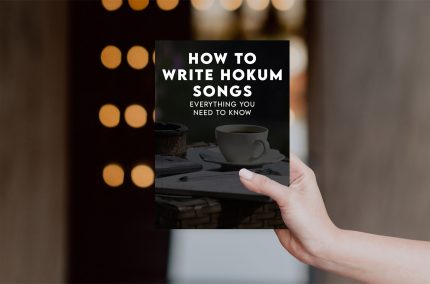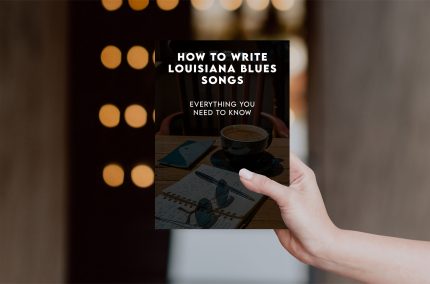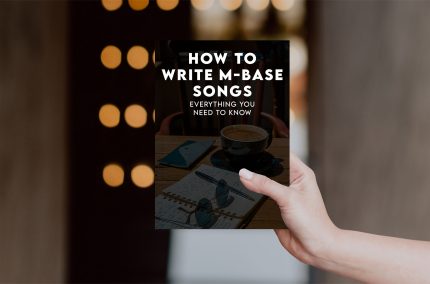How to Write Piedmont Blues Songs eBook (Instant Download)
- Ending tags and codas that feel classic
- Lyric cool: subtext, irony, and winked punchlines
- Blues forms, rhythm changes, and reharm basics
- Solo structure—motifs, development, release
- Phrasing over swing vs straight feels
- Comping that leaves space for the story
- Vocalists and bands blending tradition with fresh stories
- Rhyme colour palettes
- Form maps
- Coda/ending cheat sheet
- Motif practice prompts
How to Write Gospel Blues Songs eBook (Instant Download)
- Groove choices: shout, contemporary, and quiet worship dynamics
- Directing the band: cues, tags, and endings that land together
- Choir stacking, ad‑libs, and vamp building for the final praise
- Chord moves: IV–V lifts, borrowed VI, and key changes for goosebumps
- Write praise lyrics without platitudes—story-first worship text
- Lyric theology check: clarity, compassion, and inclusivity
- Worship leaders, choir directors, and gospel vocalists crafting spirit‑moving sets
- Vamp length calculator and cue sheets
- Arrangement checklists for small and large teams
- Service‑ready setlist templates
How to Write Industrial Music Songs eBook (Instant Download)
- Structures that carry emotion without padding
- Simple release plans you’ll actually follow
- Imagery and objects that beat vague angst
- Revisions that keep truth and drop filler
- Turning messy feelings into singable lines
- Melody writing that respects your range
- Artists who want repeatable, pro‑feeling results without losing soul
- Prompt decks
- Troubleshooting guides
- Templates
- Tone sliders
How to Write Italo Dance Songs eBook (Instant Download)
- Turning messy feelings into singable lines
- Revisions that keep truth and drop filler
- Melody writing that respects your range
- Simple release plans you’ll actually follow
- Structures that carry emotion without padding
- Imagery and objects that beat vague angst
- Artists who want repeatable, pro‑feeling results without losing soul
- Troubleshooting guides
- Tone sliders
- Templates
- Prompt decks
How to Write Elevator Music (Muzak) Songs eBook (Instant Download)
- Motif rotation for long cues and playlists
- Chord colours that soothe without boredom
- Lyric minimalism or instrumentals that still feel human
- Writing music that supports spaces without stealing focus
- Texture swaps, not big drops—arrangement for ambience
- Mix moves for cafes, lobbies, and streams
- Composers and artists aiming for sync, retail, and hospitality playlists
- Palette swatches
- Client brief translator
- Cue templates
- Loop/export settings
How to Write Conscious Hip Hop Songs eBook (Instant Download)
Say something sharp and make it move. Pair activism with rhythm. Use stories, receipts, and hooks that travel. Keep production inviting so the message reaches more ears. Land truth with empathy and steel.
- Frameworks for testimony, critique, and solution
- Image banks and data lines that pass the fact check
- Chorus shapes for rally chants and radio lift
- Beat choices that carry words without glare
- Ethical storytelling and consent centered writing
You get: Prompt decks, structure maps, sample alternatives, and mix notes. Outcome: Anthems that educate and replay strong.
How to Write Florida Breaks Songs eBook (Instant Download)
- Structures that carry emotion without padding
- Turning messy feelings into singable lines
- Simple release plans you’ll actually follow
- Imagery and objects that beat vague angst
- Revisions that keep truth and drop filler
- Melody writing that respects your range
- Artists who want repeatable, pro‑feeling results without losing soul
- Troubleshooting guides
- Templates
- Prompt decks
- Tone sliders
How to Write Australian Country Songs eBook (Instant Download)
- Release cadence: singles, EPs, and live takes
- Editing passes—truth stays, filler goes
- Objects > feelings—imagery that carries weight
- Finding voice: POV, distance, and honesty with boundaries
- Prosody: melody shapes that fit your vowels
- Guitar/piano patterns that support the story
- Writers who want raw feeling with modern clarity
- Verse/chorus blueprints
- Object prompt decks
- Anti‑cringe checklist
- Tone sliders from tender to wry
How to Write Chopper Songs eBook (Instant Download)
Deliver rapid-fire verses with breath control and razor diction. Map syllables to the grid without losing swagger. Build hooks that contrast speed with space. Produce drums that support machine flow and still feel human.
- Subdivision drills and tongue twister workouts
- Cadence grids for triplet and sixteenth patterns
- Hook contrast plans with long vowels and chants
- Breath marks and punch-in strategies that sound natural
- Mix choices for crisp consonants and steady low end
You get: Practice regimens, verse templates, metronome games, and chain presets. Outcome: Fast verses that stay clear and lethal.
How to Write Hokum Songs eBook (Instant Download)
- Simple release plans you’ll actually follow
- Melody writing that respects your range
- Structures that carry emotion without padding
- Imagery and objects that beat vague angst
- Revisions that keep truth and drop filler
- Turning messy feelings into singable lines
- Artists who want repeatable, pro‑feeling results without losing soul
- Tone sliders
- Troubleshooting guides
- Templates
- Prompt decks
How to Write Louisiana Blues Songs eBook (Instant Download)
- Lyric cool: subtext, irony, and winked punchlines
- Solo structure—motifs, development, release
- Ending tags and codas that feel classic
- Phrasing over swing vs straight feels
- Comping that leaves space for the story
- Blues forms, rhythm changes, and reharm basics
- Vocalists and bands blending tradition with fresh stories
- Motif practice prompts
- Coda/ending cheat sheet
- Form maps
- Rhyme colour palettes
How to Write M-Base Songs eBook (Instant Download)
Build rhythm first compositions with evolving forms, advanced harmony, and improvisation that speaks. Learn cyclical grooves, shifting accents, and melodies that grow from conversation. Keep intellect and body allied so the pocket stays human while the music explores.
- Metric modulation tools and layered ostinato design
- Chord tone targeting with outside lines that resolve
- Ensemble roles for drums, bass, guitar, and winds
- Head structures that invite development and call backs
- Live cues for transitions, vamps, and spontaneous form
You get: Drum loop labs, harmony workbooks, solo etudes, and rehearsal systems. Outcome: Concept rich tracks that still groove hard.

